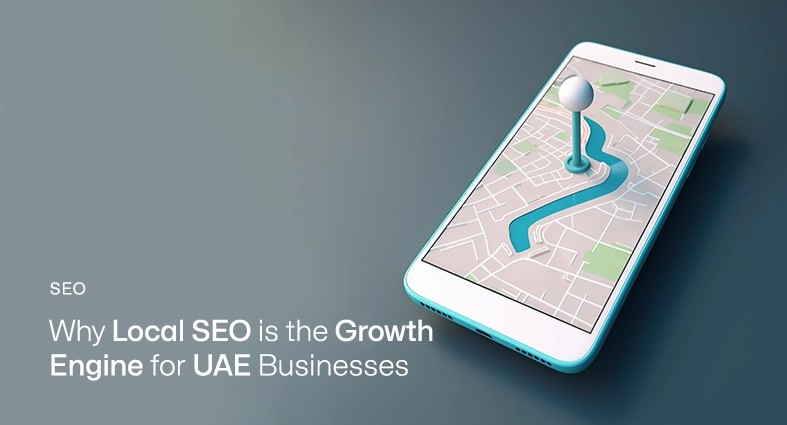In today’s digital world, having a website is not just an option, it is a necessity. Whether it is a small business or a large corporation, a website is a primary way to reach out to potential customers and provide them with information about products or services. However, having a website alone is not enough; it must be visually appealing, user-friendly, and accessible to everyone. In this blog, we will discuss the best practices for web design that will help you create stunning websites that leave a lasting impression on your visitors.
Web Design Guidelines
Web design guidelines are a set of principles and practices that web designers follow to create effective and aesthetically pleasing websites. These guidelines include various aspects such as layout, typography, color, graphics, and user experience.
Layout
The layout of a website should be easy to navigate and visually appealing. It should have a logical flow of information and provide visitors with a clear understanding of the content.
Typography
Typography is essential in web design. The font size and style should be constant throughout the website, and the text should be easy to read.
Color
The color scheme of a website should be well-coordinated and should complement the overall design. It is essential to choose colors that are visually appealing and create a positive impact on visitors.
Graphics
Graphics and images are an integral part of web design. They should be high quality, relevant, and optimized for web use.
User Experience
The ultimate goal of web design is to provide visitors with a positive user experience. A website should be easy to navigate, with clear calls to action and a clear path to conversion.
Responsive Web Design
With the increasing use of smartphones and tablets, responsive web design has become a necessity. Responsive web design ensures that a website adapts to the screen size of the device being used to view it. This means that the website will be easily accessible on any device, from a desktop computer to a mobile phone.
A responsive website also improves the user experience and helps to increase the time spent on the website. This is because visitors do not have to pinch and zoom to view the content, making it easier for them to navigate the website.
User-Centric Web Design
User-centric web design is all about putting the needs of the user first. This means designing a website that is easy to use, visually appealing and provides visitors with the information they need in a clear and concise manner.
To achieve user-centric web design, it is essential to conduct user research to understand their needs and preferences. This can be done through surveys, focus groups, and other user research methods.
Mobile-Friendly Design
With the majority of internet users accessing websites through mobile devices, it is crucial to design websites that are mobile-friendly. This means that the website should be easy to navigate on a small screen, with clear calls to action and a simple user interface.
To achieve a mobile-friendly design, it is essential to optimize the website for mobile devices. This includes using a responsive design, optimizing images for mobile use, and reducing page load times.
Accessibility in Web Design
Accessibility in web design is all about making websites accessible to everyone, regardless of their physical abilities. This includes designing websites that are easy to navigate for people with disabilities, such as those who are visually impaired or have limited mobility.
To achieve accessibility in web design, it is essential to follow web accessibility guidelines. This includes using descriptive alt text for images, providing captions for videos, and using clear and concise language.
UI/UX Design
The main goal of UI/UX design is to create a satisfying user experience. This involves designing a website that is easy to navigate, visually appealing and provides visitors with the information they need in a clear and concise manner.
To achieve UI/UX design, it is important to focus on the following aspects:
Consistency
The design should be consistent throughout the website, with a clear visual hierarchy that guides the user’s attention to the most important elements.
Navigation
The navigation should be easy to use and clearly labeled. Users should be able to quickly and efficiently find the information they require.
Visual Design
The visual design should be aesthetically pleasing and easy on the eyes. It should also convey the brand’s personality and ideals.
Usability
The website should be easy to use and navigate for the users. Users should be able to complete tasks quickly and easily without confusion.
Accessibility
As mentioned earlier, accessibility is important in UI/UX design as well. A website that is accessible to everyone, regardless of their physical abilities, ensures that everyone can use and enjoy it.
Web Design Trends
Web design trends are constantly evolving, and it is important to keep up with the latest trends to stay relevant and competitive. Recent trends in web design include the following:
Dark Mode
Dark mode has become increasingly popular in recent years, and many websites now offer the option to switch to a dark theme.
Minimalism
Minimalism has been a popular trend for several years now and continues to be a preferred style for many websites. It involves using a clean, simple design with minimal clutter and distractions.
Asymmetry
Asymmetry is another popular trend that involves using a non-traditional layout. This adds visual interest and can make a website stand out from the crowd.
Custom Illustrations
Custom illustrations are becoming increasingly popular as a way to add personality and uniqueness to a website.
3D Elements
3D elements are becoming more prevalent in web design, adding depth and dimension to the design.
Web Design Principles
Web design principles are a set of guidelines that help designers create effective and visually appealing websites. Some of the most important web design principles include:
Simplicity
A simple design is often the most effective. It is important to keep the design clean and clutter-free, with a clear visual hierarchy.
Contrast
Contrast is important in web design as it helps to create visual interest and guide the user’s attention to the most important elements.
Consistency
Consistency is important in web design as it helps to create a cohesive and professional-looking website.
Space
Space is important in web design as it helps to create a clean and uncluttered design. It also helps to guide the user’s attention to the most important elements.
Visual Hierarchy
Visual hierarchy is important in web design as it helps to guide the user’s attention to the most important elements of the design.
Web Design Standards
Web design standards are a set of guidelines and best practices that ensure websites are accessible, user-friendly, and visually appealing. These standards include:
Accessibility
Websites should be accessible to everyone, regardless of their physical abilities.
Performance
Websites should be optimized for fast load times and high performance.
Security
Websites should be secure and protect user data from potential threats.
Mobile-Friendly
Websites should be designed with mobile devices in mind and optimized for mobile use.
Usability
Websites should be easy to use and intuitive, with clear calls-to-action and a simple user interface.
Conclusion
In conclusion, mastering the art of web design requires a combination of creativity, technical skills, and adherence to best practices and guidelines. A well-designed website can have a significant impact on a business’s success, from increased traffic and engagement to improving conversion rates. By following the best practices outlined in this blog, designers can create stunning websites that leave a lasting impression on visitors and help businesses achieve their goals.
Looking to take your online presence to the next level? Look no further than Pentagon! Our team of expert designers and developers can help you create a stunning, responsive website that reflects your brand and engages your audience. Contact us today to learn more about our web design services and start building your online presence.
services
Feel free to send us a message.
Please, share your thoughts, and let's chat over a cup of tea.


















